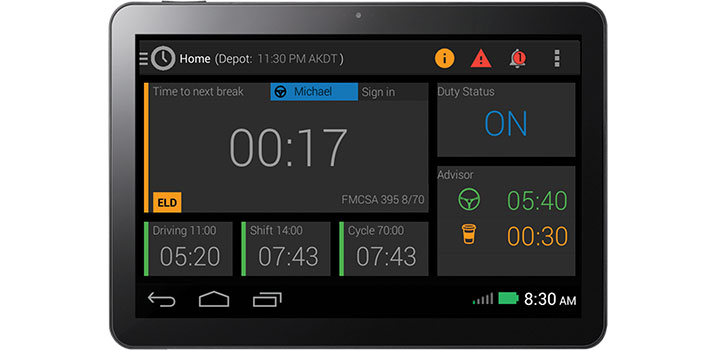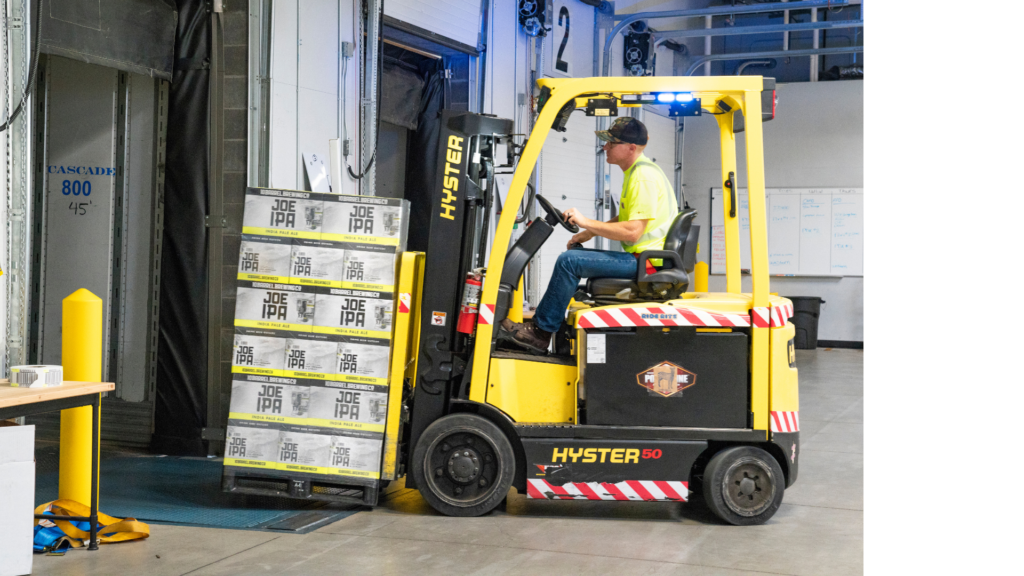

Moving a commercial motor vehicle to enhance the operational readiness of a motor carrier.Here are some examples that the FMCSA says would not qualify as Personal Conveyance: Authorized use of a CMV to travel home after working at an offsite locationĮxamples of an unacceptable Personal Conveyance movement.Time spent transporting personal property while off-duty.
#Eld personal conveyance driver#
#Eld personal conveyance drivers#
But drivers must be off-duty and Personal Conveyance movements cannot be for the benefit of the motor carrier. So it’s possible for a driver to resume his on-duty status immediately after an off-duty status, regardless of the location of the CMV. While issuing the guidelines, the FMCSA clarified that drivers do not have to return to the last on-duty location after a Personal Conveyance movement. The fact that being off-duty is a mandatory requirement means that Personal Conveyance does not affect a driver’s on-duty time or the available Hours of Service rules.Īccording to the FMCSA, “There are no impacts to the 11- or 14-hour limitations for truck drivers, the 10- or 15-hour limitations for bus drivers, the 60/70-hour limitations, the 34-hour restart provisions, or any other on-duty status.” Personal Conveyance and the last on-duty location However, the requirement for the driver to be off duty still exists.” Personal Conveyance and its impact on a driver’s on-duty time The Agency stated, “This guidance now applies regardless of whether the vehicle is laden. While clarifying the Personal Conveyance guideline, the FMCSA reconfirmed that the off-duty requirement is mandatory.

It’s especially helpful for straight trucks that cannot unhitch from their trailer and cargo. The biggest change under the new guidance was that a commercial motor vehicle can be laden or unladen during Personal Conveyance. Last year, the FMCSA updated Personal Conveyance guidelines and added more flexibility for drivers. What is the FMCSA’s latest guideline for Personal Conveyance? The 75 km distance refers to the actual distance traveled, not the radius distance. Commercial drivers in Canada are limited to 75 km (46.6 miles) of Personal Conveyance per day. Those policies just have to comply with the FMCSA regulations. Carriers can set personal conveyance policies for their fleets and drivers. If a carrier does allow Personal Conveyance, there are no specific limits for time or distance.īut carriers have the right to impose certain limits if they want to. Are there any Personal Conveyance limitations? Carriers can decide to configure ELDs to allow drivers to log Personal Conveyance. In other words, Personal Conveyance movement is strictly personal in nature. Personal Conveyance refers to the movement of a commercial motor vehicle (CMV) for personal use while the driver is off duty. Another name for Authorized Personal Use? Personal Conveyance or PC.

The ELD Rule published in December of 2015 included provisions for two Special Driving Categories in 395.28: Yard Moves and Authorized Personal Use.
#Eld personal conveyance how to#
Here is everything you need to know about personal conveyance, the updated rules, and how to record PC if you use an EL D. So this led to even more questions and some confusion. On top of that, the FMCSA recently updated its guidelines regarding personal conveyance. But the electronic logging devices have changed how personal conveyance is recorded. Before the ELD mandate, you just wrote down “personal conveyance” and that was that. The ELD mandate raised several questions about personal conveyance.


 0 kommentar(er)
0 kommentar(er)
